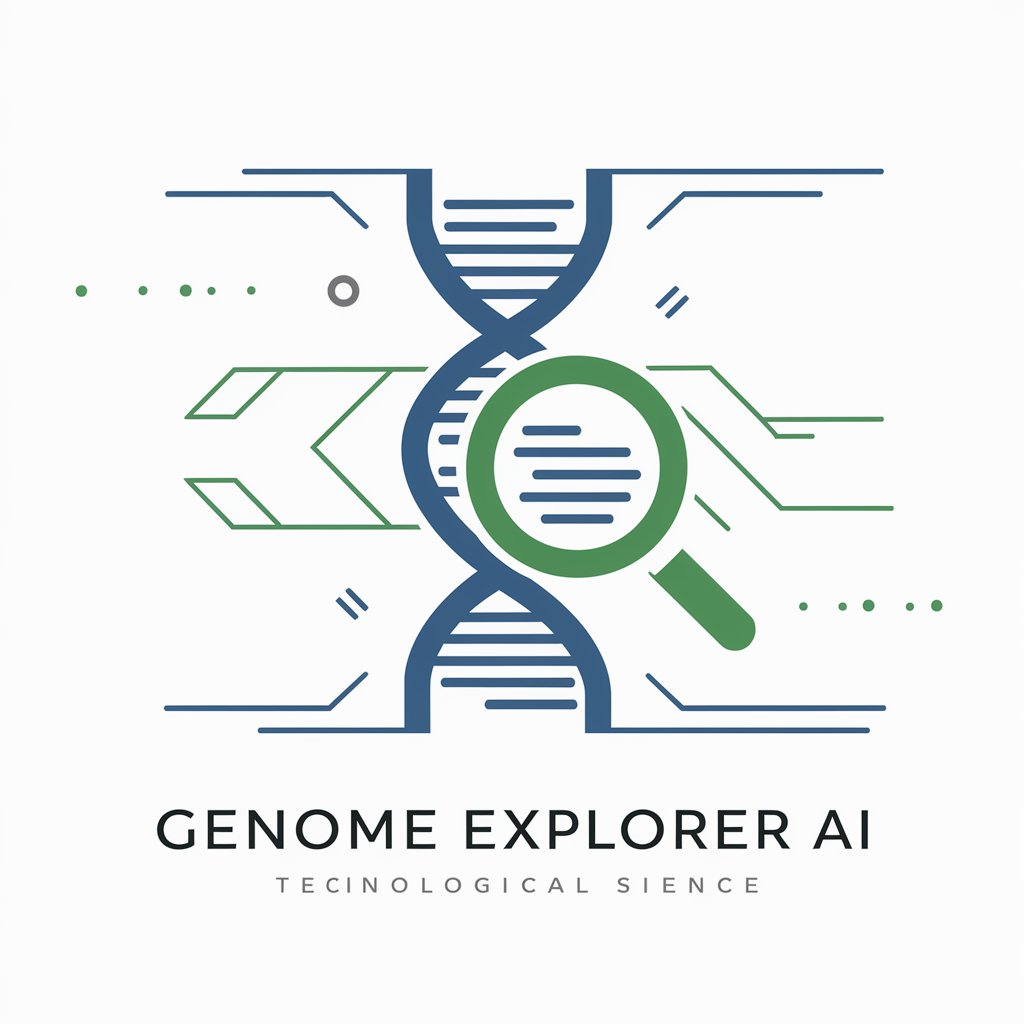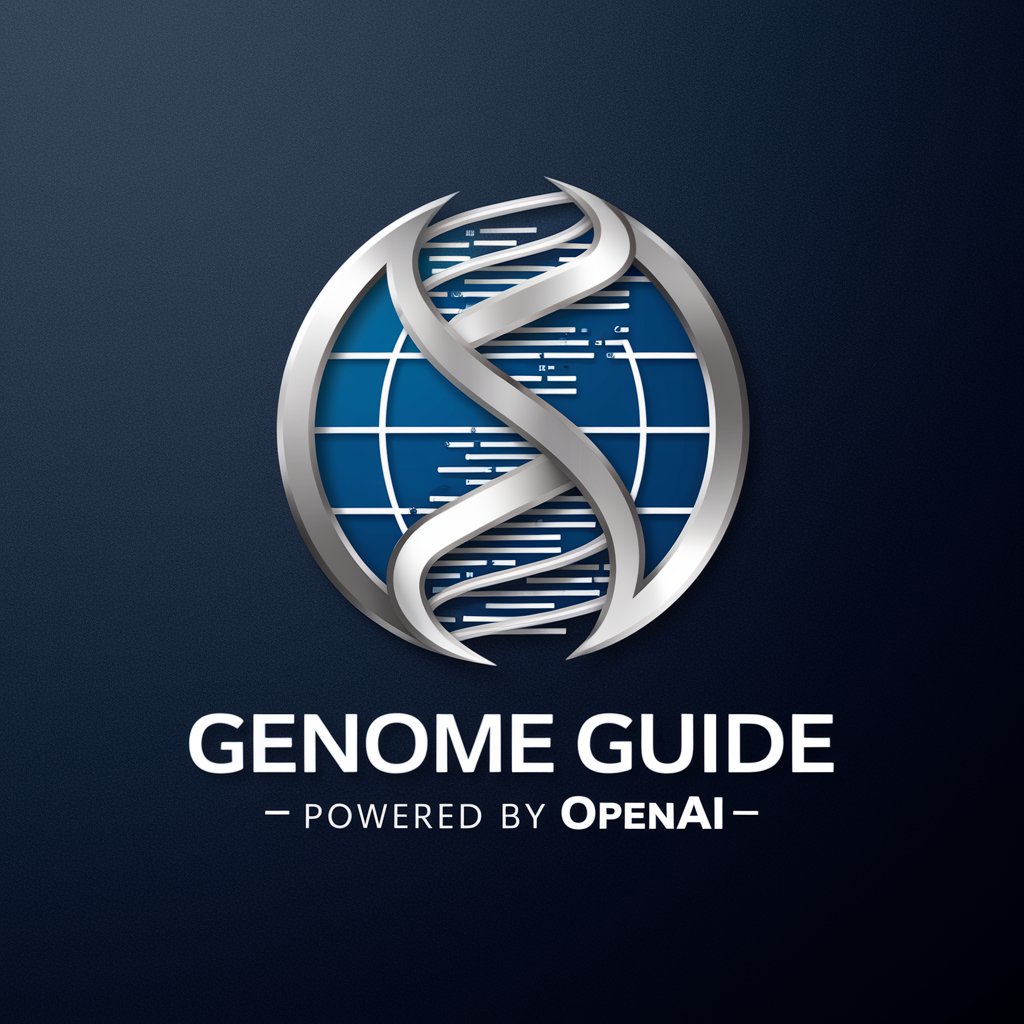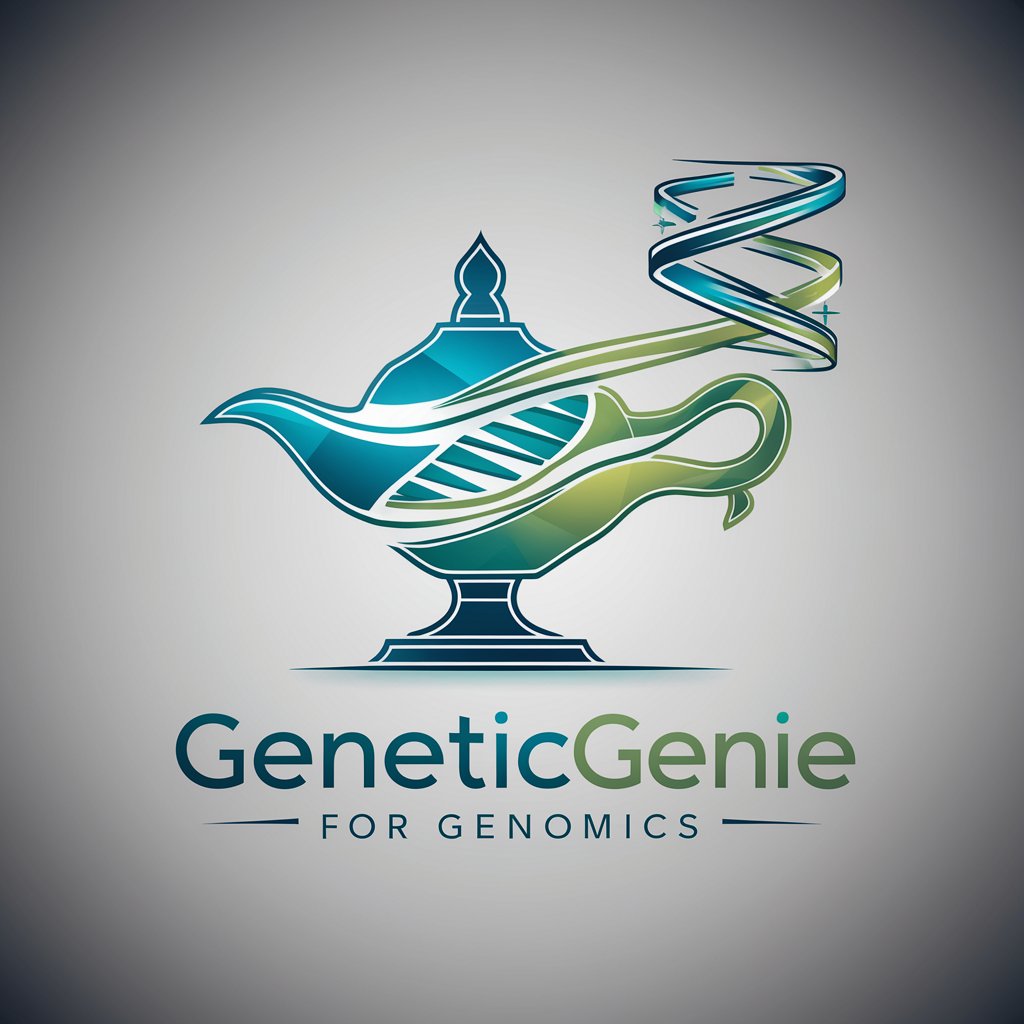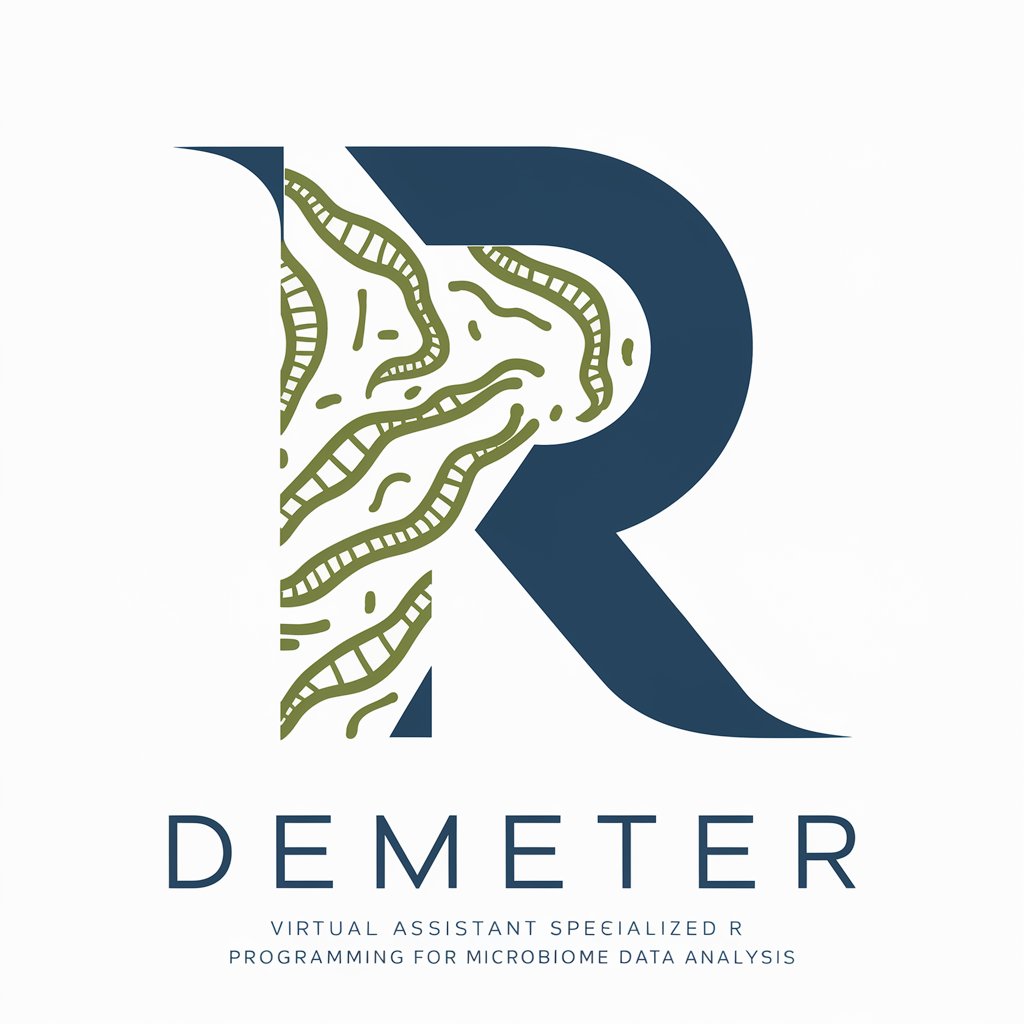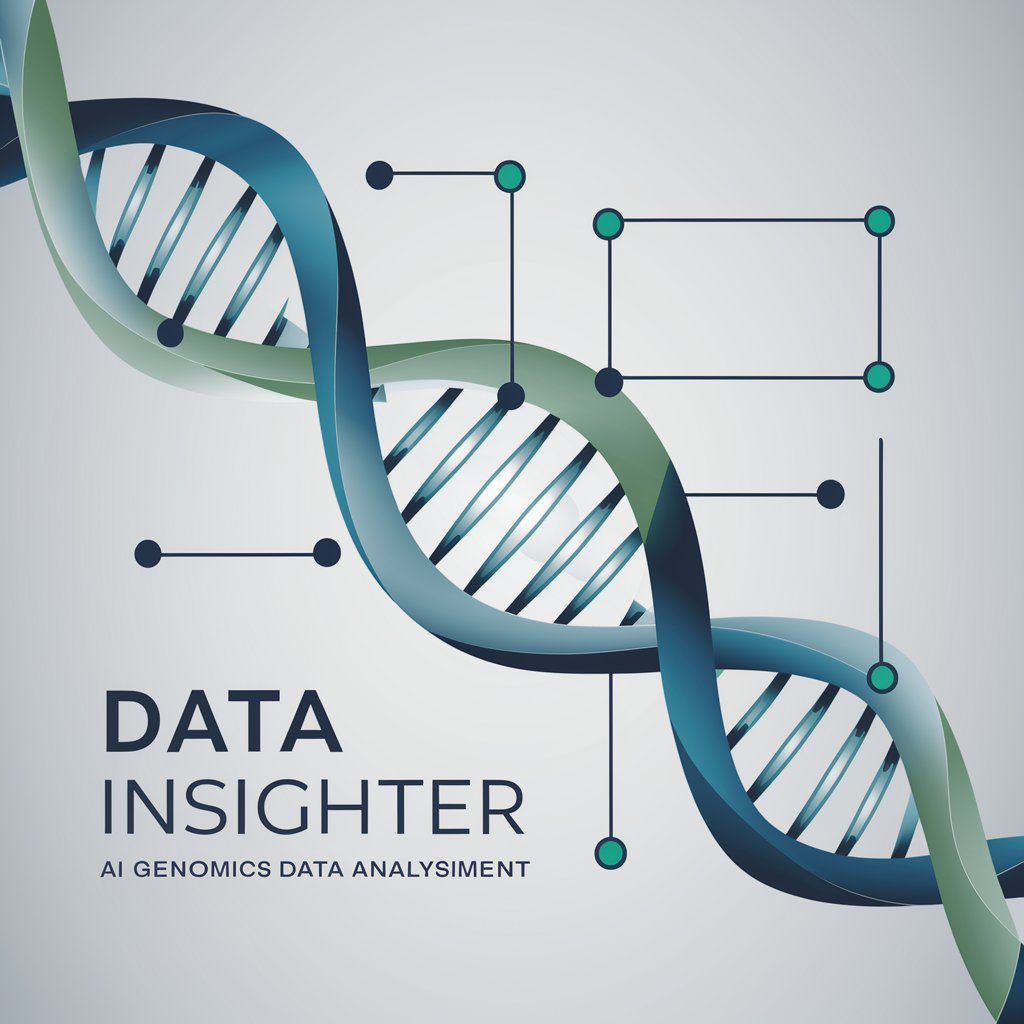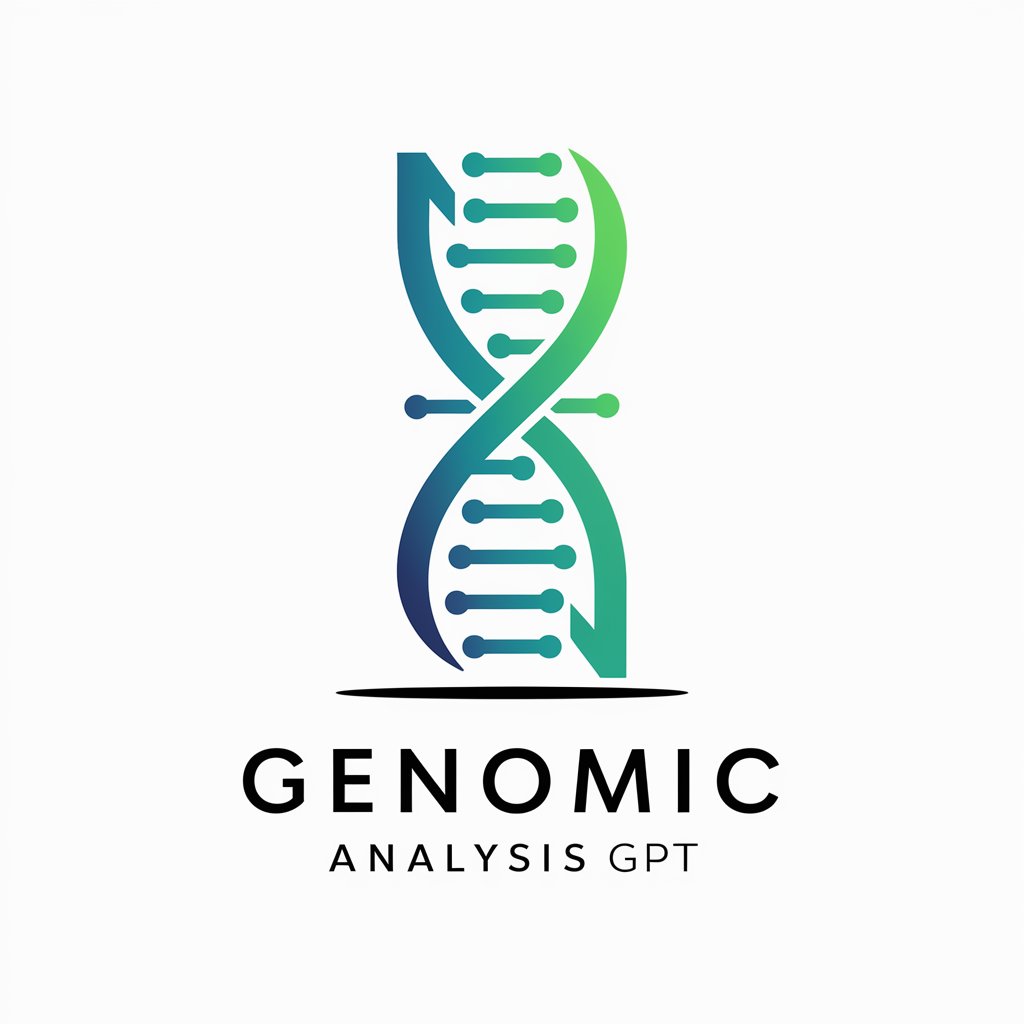
Metagenomics Analysis - AI-Driven Microbial Analysis
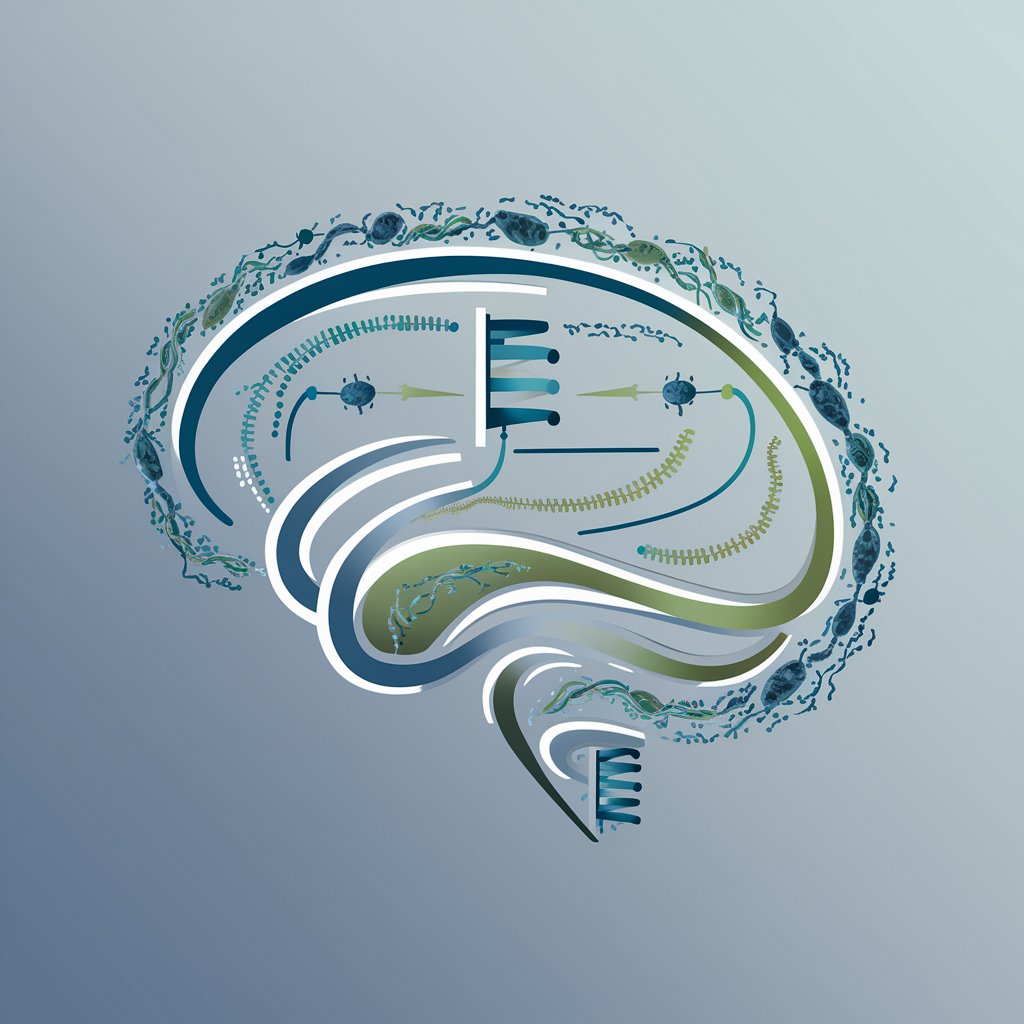
Welcome to AI-Enhanced Metagenomics Analysis!
Unveil microbial secrets with AI power
Explain the significance of metagenomics in environmental microbiology.
Describe how AI enhances the analysis of metagenomic data.
Discuss the challenges in interpreting complex microbial communities.
Outline the steps involved in a typical metagenomics analysis workflow.
Get Embed Code
Overview of Metagenomics Analysis
Metagenomics Analysis refers to the study of genetic material recovered directly from environmental samples. This field goes beyond traditional microbiology, which often requires culturing individual species, and instead examines the collective genome of microorganisms in a given environment. This approach allows for the analysis of both culturable and unculturable microorganisms, providing a more comprehensive view of microbial communities. For example, in studying the human gut microbiome, metagenomics can reveal the diversity of bacteria, viruses, and other microbes present, offering insights into their roles in health and disease. In environmental contexts, like in soil or water samples, metagenomics can identify microbial communities and their functions, contributing to ecological studies and bioremediation strategies. Powered by ChatGPT-4o。

Key Functions of Metagenomics Analysis
Microbial Community Profiling
Example
Identifying the types and proportions of microorganisms in a sample from the ocean.
Scenario
Researchers can use metagenomics to assess the diversity and abundance of marine microbes, aiding in the study of oceanic ecosystems and the impacts of climate change.
Functional Gene Analysis
Example
Determining the metabolic pathways prevalent in a soil sample.
Scenario
This function helps in understanding the biochemical processes at play in different soil types, aiding in agriculture and the study of soil health.
Pathogen Detection and Characterization
Example
Identifying potential pathogens in a hospital environment.
Scenario
Metagenomics can rapidly detect and characterize microbial pathogens present in clinical settings, assisting in infection control and epidemiological studies.
Bioprospecting
Example
Searching for novel enzymes in extreme environments.
Scenario
Scientists can explore extreme environments like hot springs to discover new enzymes with potential applications in biotechnology and industry.
Target User Groups for Metagenomics Analysis Services
Researchers and Academicians
This group includes scientists and students involved in microbiology, ecology, environmental science, and related fields. They utilize metagenomics for understanding microbial ecology, evolutionary biology, and for conducting biodiversity assessments.
Healthcare Professionals
Medical researchers and clinicians use metagenomics for studying the human microbiome and its implications in health and disease, including the detection of pathogens and antibiotic resistance genes.
Environmental Scientists
These professionals apply metagenomics in environmental monitoring, conservation efforts, and in understanding the role of microorganisms in various ecosystems, which is crucial for environmental management and policy-making.
Biotechnology and Pharmaceutical Industries
Companies in these sectors employ metagenomics for drug discovery, developing new therapies, and bioprospecting for novel enzymes and bioactive compounds.
Agricultural Scientists
These users leverage metagenomic analyses to study soil health, plant-microbe interactions, and to develop strategies for sustainable agriculture and crop protection.

How to Utilize Metagenomics Analysis
Start Your Journey
Begin by visiting a platform offering metagenomics analysis without the need for immediate signup or subscription, such as starting with a free trial on yeschat.ai.
Prepare Your Samples
Collect and prepare your environmental or clinical samples for DNA extraction. Ensure the quality and quantity of DNA meet the requirements for high-throughput sequencing.
Sequence and Upload Data
Utilize next-generation sequencing (NGS) to sequence the DNA from your samples. Then, upload the sequencing data to the metagenomics analysis platform.
Analyze Your Data
Employ the platform's AI-enhanced tools to analyze the sequencing data. This includes identifying microbial communities, predicting their functions, and understanding their impact on the environment or health.
Interpret and Apply Results
Leverage the analysis to gain insights into microbial diversity, potential pathogenic presence, or environmental biodegradation capabilities. Use these findings in your research, environmental monitoring, or clinical diagnostics.
Try other advanced and practical GPTs
Friendly Neighborhood CISO
Empowering Cybersecurity with AI

Friendly Neighborhood Pastor
Your Virtual Pastor, Powered by AI
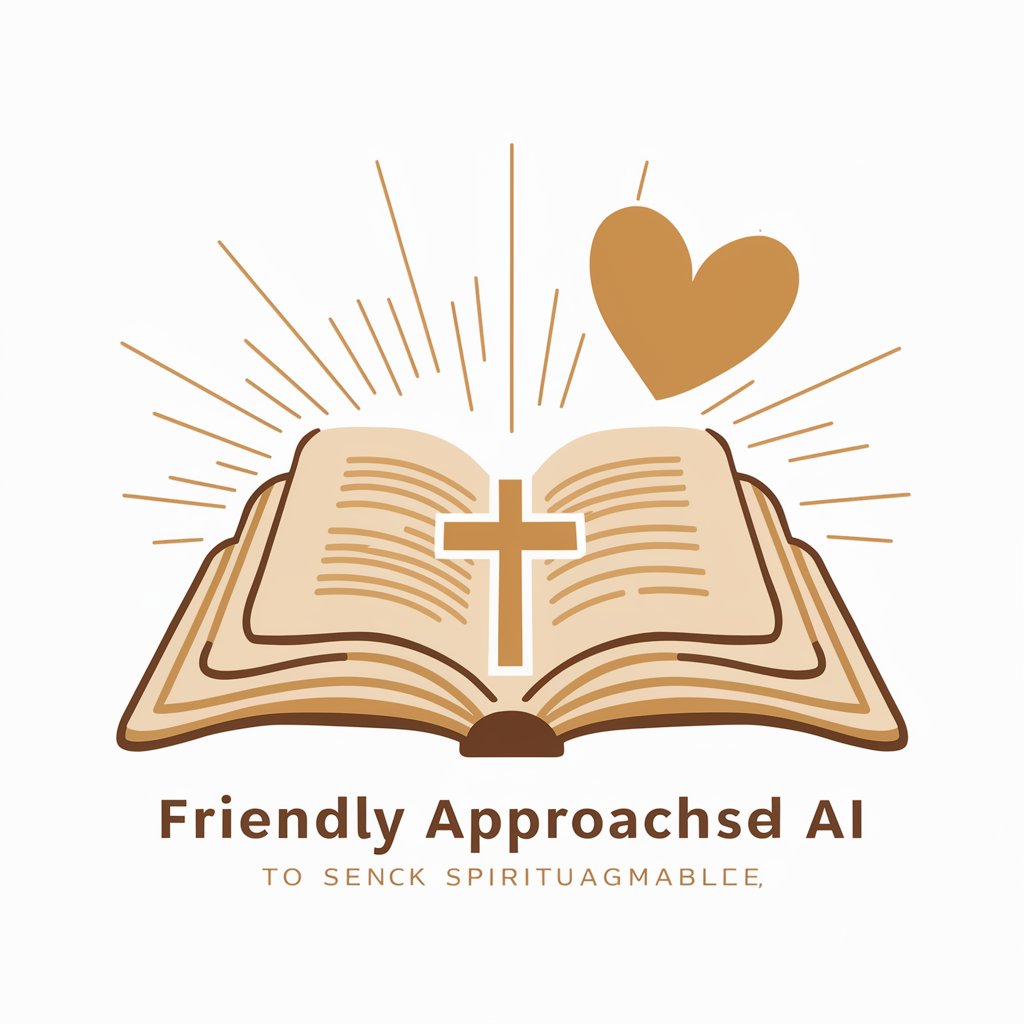
HomeMeta's Neighborhood Finder
Discover Your Ideal Neighborhood, AI-Powered
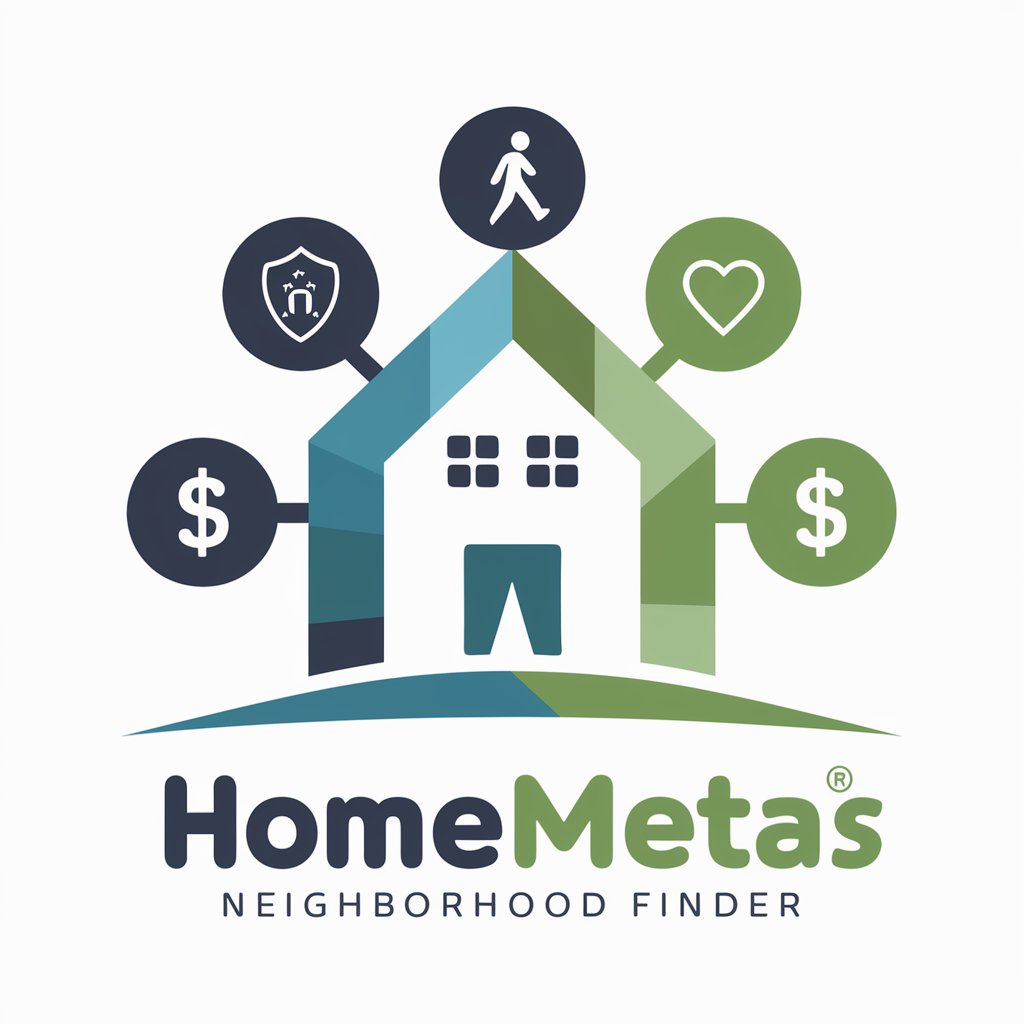
🏠 Real Estate Neighborhood Farming Expert 👨💼
AI-powered Local Real Estate Mastery

Kelowna Neighborhood Guide
Explore Kelowna with AI-driven insights

Local Guide Neighborhood Navigator
Explore Smart, Eat Local

EEG Analysis
Decipher Brain Waves with AI
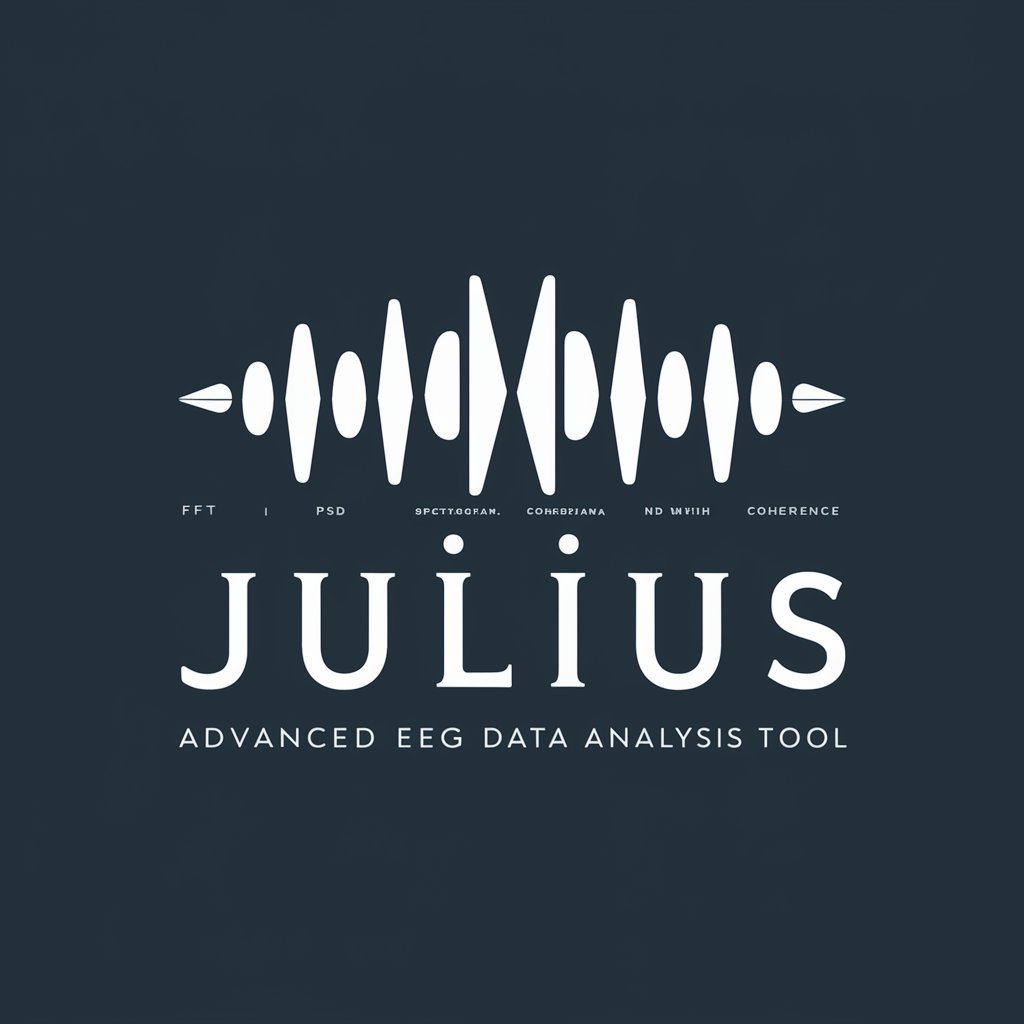
Literary Analysis
AI-powered Deep Dive into Literature

Osint Analysis
Unlock insights with AI-powered analysis
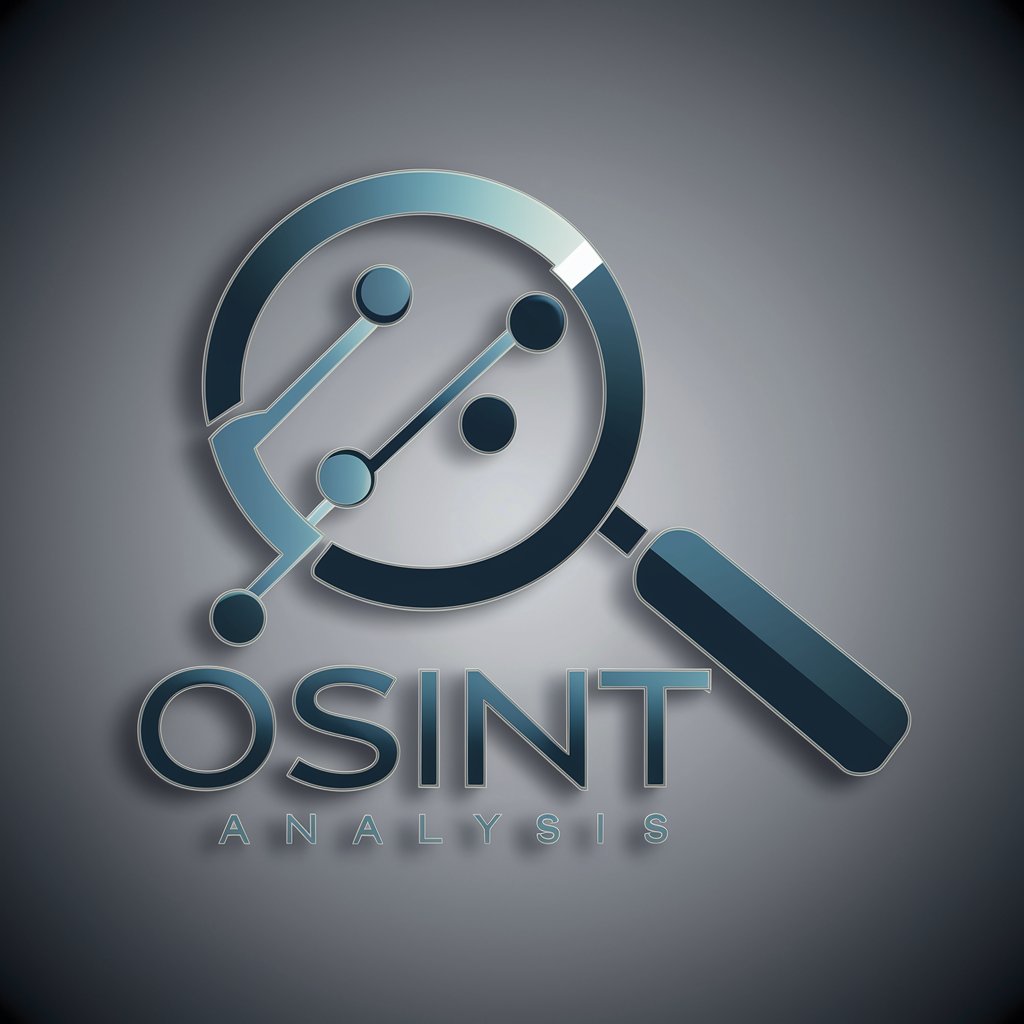
Feature Extraction
Unlock insights with AI-powered analysis
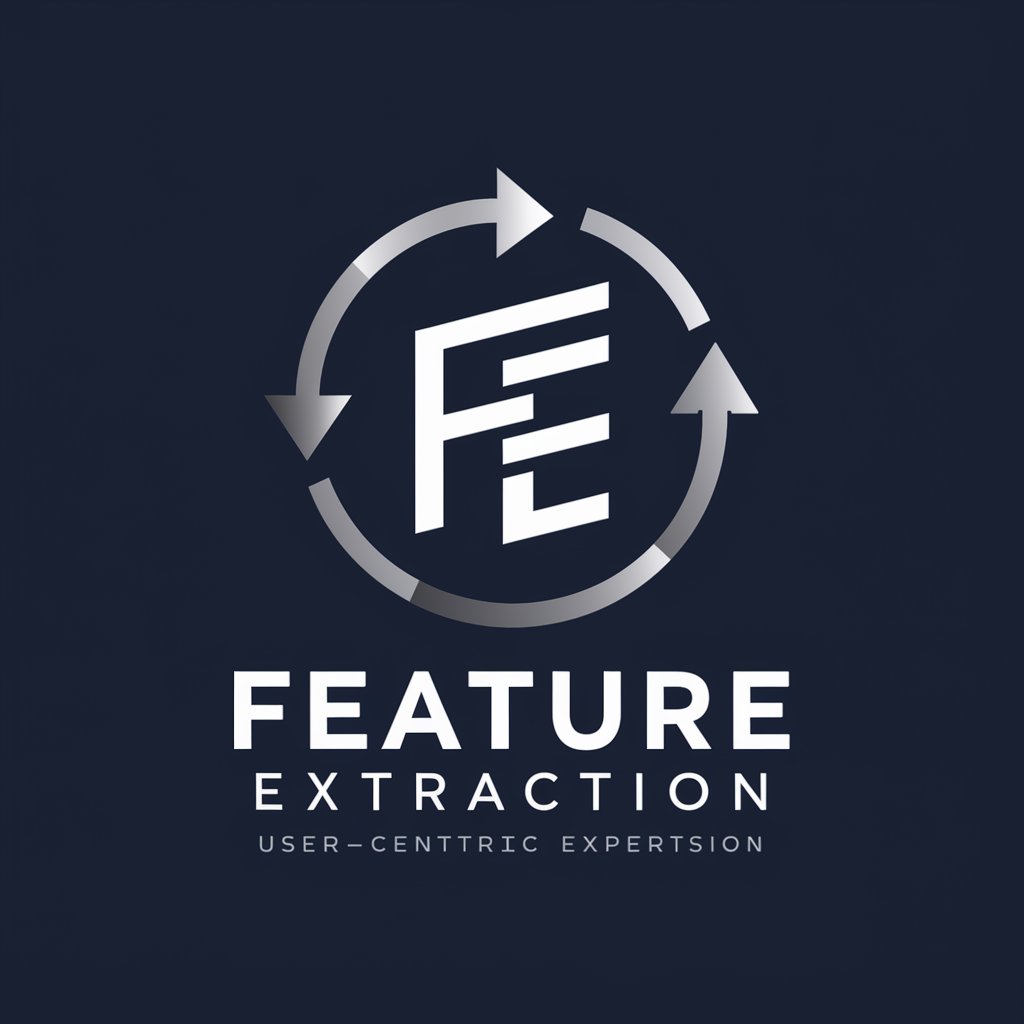
Fundamental Analysis
Empowering investment decisions with AI.

Statistical Analysis
Empowering Decisions with AI-Driven Statistics
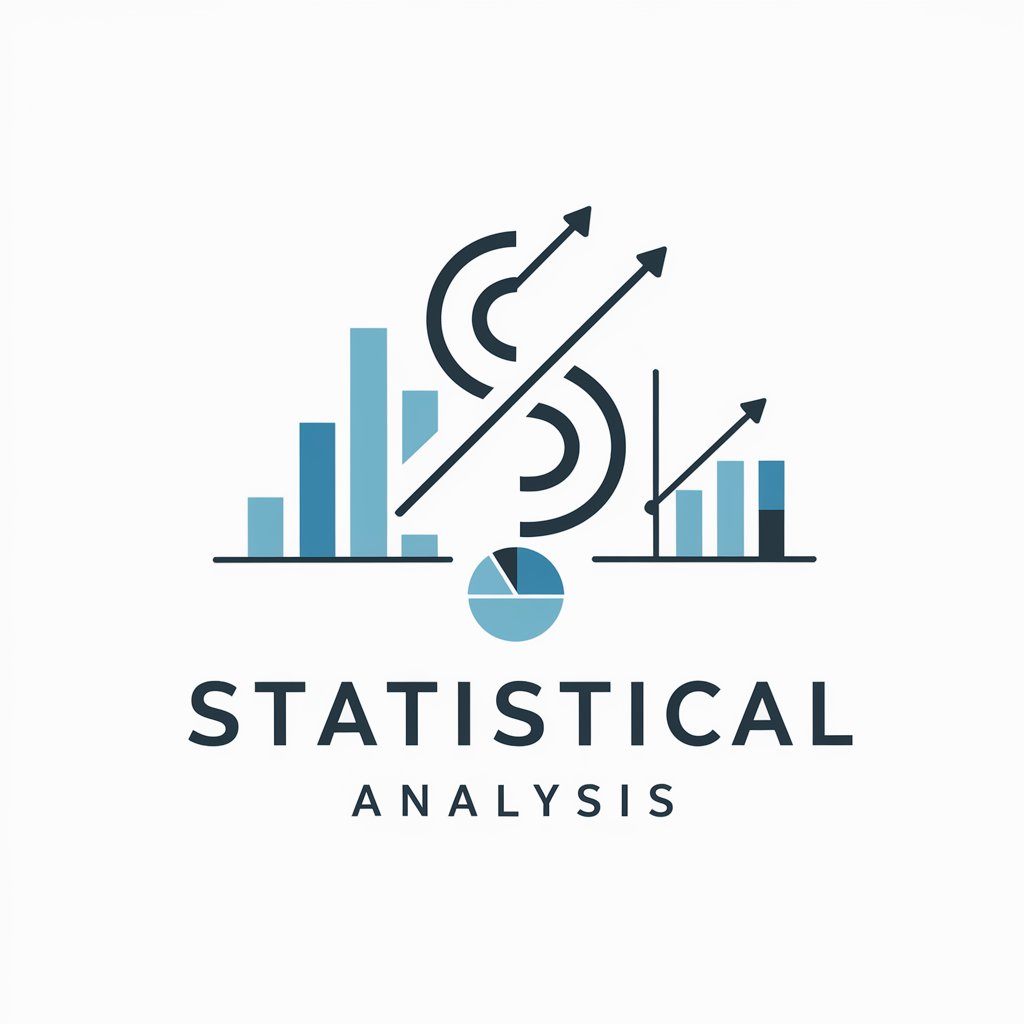
Detailed Q&A on Metagenomics Analysis
What is Metagenomics Analysis?
Metagenomics Analysis involves studying genetic material recovered directly from environmental samples. It allows researchers to study microbial communities in their natural habitats without the need for culturing, providing insights into microbial diversity, ecology, and the functions of uncultivable microorganisms.
How does AI enhance Metagenomics Analysis?
AI enhances Metagenomics Analysis by improving the accuracy and speed of data interpretation. It can identify patterns and relationships within complex datasets, predict microbial functions, and offer insights into microbial interactions and their impact on their environment, which are challenging to discern through traditional methods.
Can Metagenomics Analysis detect new pathogens?
Yes, Metagenomics Analysis can detect new pathogens. By analyzing the genetic material present in a sample, it can identify unknown or novel microorganisms based on their genetic sequences, even if these pathogens have never been cultured or characterized before.
What are the common applications of Metagenomics Analysis?
Common applications include environmental monitoring, such as assessing water quality or soil health; medical research, including the study of the human microbiome and its impact on health; and biotechnology, such as the discovery of new enzymes for industrial processes.
What are the challenges in Metagenomics Analysis?
Challenges include the vast amount of data generated by sequencing, requiring substantial computational resources for analysis; the difficulty in assembling genomes from complex microbial communities; and the need for accurate databases to identify and annotate genetic material.
